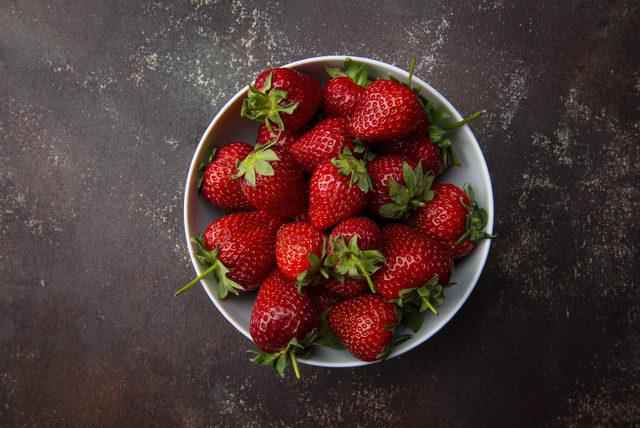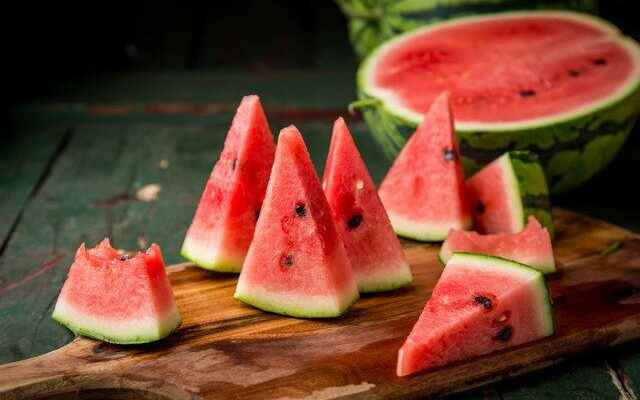With the arrival of the summer months, the variety of vegetables and fruits increases, the most popular ones are starting to take their place on the shelves. So, which vegetables and fruits do we prefer to have a healthy summer?
PUMPKIN
Zucchini, one of the delicious vegetables of the summer months, contains plenty of carotenoids such as lutein, zeaxanthin and beta-carotene, which are beneficial for eye, skin and heart health. With its insoluble fiber content, it adds bulk to the stool and helps food move more easily through the intestines, reducing the risk of constipation. With its soluble fiber content, it feeds the beneficial bacteria in the intestine, lowers bad cholesterol levels, and supports blood sugar. In addition, zucchini, which contains very low calories, increases the feeling of satiety with its high fiber and water content and provides support for weight control.
WATERMELON
With the arrival of summer months, the body’s need for fluid increases and watermelon is perfect to meet your fluid needs with its water content of 92%. However, with its rich lycopene content, it reduces the risk of developing cancer and lowers cholesterol. Watermelon also contains citrulline, an amino acid that can increase nitric oxide levels in the body. Nitric oxide, on the other hand, lowers blood pressure by helping blood vessels to dilate.
TOMATOES
Tomato, which is one of the sine qua non of summer breakfasts, supports meeting the fluid needs with its 95% water content, balances blood pressure with its potassium content, is important for blood coagulation and bone health with its vitamin K content, and for normal tissue growth and cell function with its folate content. However, it is also rich in antioxidants such as lycopene, beta-carotene, naringenin, chlorogenic acid, which have positive effects on heart health, skin health and reducing the risk of cancer.
STRAWBERRY
Strawberry, which is rich in fiber, antioxidants, vitamins and minerals, also supports meeting fluid needs with 91% water. However, research shows that consuming strawberries regularly may protect against heart disease, diabetes, Alzheimer’s and various types of cancer by reducing inflammation.

BLUEBERRIES
Blueberries are rich in antioxidants that fight free radicals such as anthocyanins, ellagic acid and resveratrol, thus protecting your skin from the harmful effects of the sun. Therefore, do not miss blueberries in your diet in summer.
PURSLANE
Purslane, which decorates our tables in summer, is a source of herbal omega-3 fatty acids. It contains high amounts of ALA, but also traces of EPA, a more biologically active form of omega-3. However, it protects cells from damage with its alpha-tocopherol and glutathione content, contributes to eye health with its beta-carotene content, helps you fall asleep with its melatonin content, and contributes to lowering LDL cholesterol with its betalain content.
CUCUMBER
Cucumber, which you can eat whenever you feel hungry in the summer months, supports meeting your daily fluid needs with its 96% water content, contains flavonoids and tannins that can reduce the risk of chronic diseases, and provides support for weight control with its high fiber and water and low calorie content.
